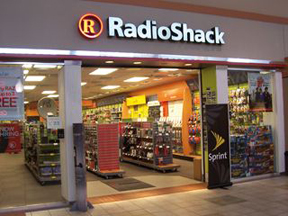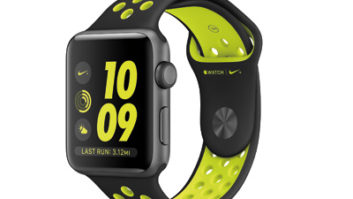
The following is an excerpt from the latest installment of TWICE’s Executive Retail Roundtable, in which we gather some of the best and the brightest in tech retail to address the state of the industry. Here, we discussed the current state of RadioShack with its president/CEO.
TWICE: Dene, how was your first holiday season at RadioShack?
Dene Rogers, RadioShack: We had a decent fourth quarter. We are in transition, and the focus was very much on gross profit rate, not absolute sales dollars.
We are a company that is focused on cash flow and improving our financial position. We fortunately had a pretty decent lift in gross profit dollars versus last year, which was the first holiday season out of bankruptcy. We do have last year’s comparison, and some of the strong categories for us were music and audio, as well as the do-it-yourself types of products that are connected with the STEM (science, technology, engineering and math) trend.
We also sold some national brand products like Echo. The main focus for us, however, was private brands.
TWICE: RadioShack has always been a destination, especially around Christmastime for some of the toy items.
Rogers: Drones were a big hit, as well as remote-controlled cars.
TWICE: Remote control is almost an iconic category for RadioShack, and drones I would imagine also played into your wheelhouse.
Rogers: It’s a very adjacent category to remote-controlled cars.
See The Rest Of The TWICE Retail Roundtable
How Alexa And Home Networking Are Stirring Up The Smart Home
Just How Good Were Holiday Sales At Retail?
Tech Trumps President’s Policies
Through The Looking Glass With VR/AR
Whither Wearables; What Lies Ahead
Advancing Past The Gender Divide
TWICE: Where does the store count stand?
Rogers: It’s a little bit over 1,500 company-owned stores, and then about 500 franchised stores in the continental U.S.
TWICE: How many locations is Sprint in?
Rogers: About 1,200.
TWICE: How is the shift to online affecting store traffic?
Rogers: There’s been a shift for years; that will continue. But again, it’s not about the number of units being sold; it’s who is making the money and who is not. There are always trends where unit sales are up, but they don’t drive profits.
There are some really exciting things, and if you don’t participate in them, you will be signaling to your customer that you’re not current. The question is always who is making the money. If your company isn’t, that is not a viable business model.
The conversation about voice-activated devices is very legitimate. It’s a huge trend and always will be. There’s massive growth in units and applications, but you have to come back to who is making the money. That is what I would say is the general theme about online retailing/brick-and-mortar retailing. It’s not good enough just to follow the trend. You’ve got to be able to make money.
TWICE: So as you survey the retail landscape, and you have a kind of clean slate from which to remake and rebuild the company, how do you envision a 21st century RadioShack?
Rogers: Like I said, you have to balance following trends. For example, if you weren’t selling voice-activated devices this year, you would be basically saying to millions of people, we’re not following trends that are really important to you, the customer.
So you have to follow those, but at the same time you have to think more broadly than what the industry is directing — particularly those players who are making all of the money.
For us to sell a voice-activated device, by the time you add in the labor and your portion of some of the fixed costs, you don’t actually make any money. The customer is happy, which is great, but the sales goal in the store is to sell more than just that device.
You have to look more broadly, and I think there are questions about the safety of wireless. There are questions about whether more and more devices make people happier, or are people getting fed up? There are some of those fairly esoteric trends that play into this and at some point become major factors.
But as a retailer, or whatever you describe yourself as, you’ve got to look for markets and opportunities no one is talking about. For us, one that I mentioned is STEM education, which is not traditional retail at all but more of a B-to-B model, which we see as a big opportunity with significant profitability.












